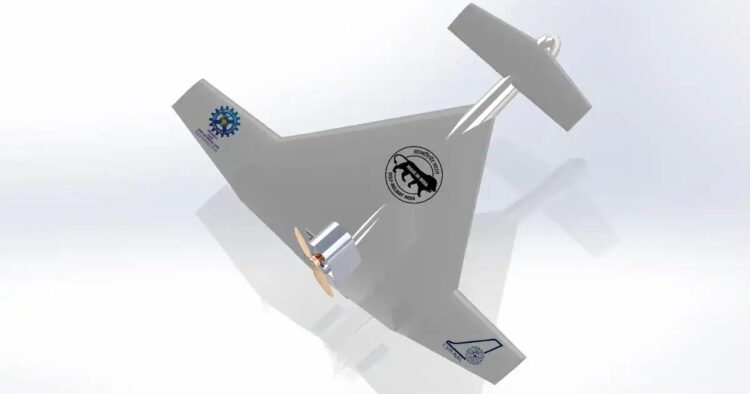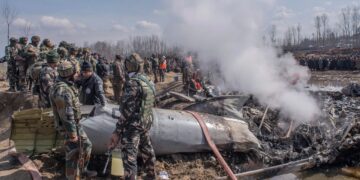India’s defence sector is on the cusp of a significant technological advancement with the development of Indigenous Kamikaze Drones. These advanced unmanned aerial vehicles (UAVs), being developed by the National Aerospace Laboratories (NAL), are set to enhance the country’s military capabilities. Powered by engines that are entirely developed within India, these drones can fly up to an impressive distance of 1,000 kilometers, positioning India as a key player in modern warfare technology.
Strategic Importance of Kamikaze Drones
Kamikaze drones, also known as loitering munitions, have gained prominence in recent global conflicts, such as the ongoing Russia-Ukraine war and the Israel-Hamas conflict in Gaza. These drones are designed to loiter in specific areas for extended periods, carrying explosives that can be deployed against enemy targets upon command. This capability allows them to strike with precision, making them an invaluable asset in modern warfare.
By developing these drones indigenously, India is not only reducing its dependence on foreign technology but also ensuring that the nation is prepared to face any potential threats. The ability to deploy these drones in swarms adds another layer of strategic advantage, as it can overwhelm enemy defenses and target multiple installations simultaneously.
The introduction of these drones marks a significant leap forward for India’s defence capabilities. Dr. Abhay Pashilkar, the Director of the National Aerospace Laboratories and the head of this ambitious project, emphasized the importance of these drones, describing them as “game-changing 21st-century war machines.” The development of these drones showcases India’s commitment to advancing its defence technology and enhancing its self-reliance in critical military hardware.
With a length of 2.8 meters, a wingspan of 3.5 meters, and a weight of approximately 120 kilograms, these drones are designed to carry a 25-kilogram explosive charge. They are capable of enduring nine-hour missions, which allows them to effectively loiter and strike at the most opportune moment. This level of endurance and precision is crucial for modern military operations, where timing and accuracy are paramount.
The development of these indigenous Kamikaze drones will have a profound impact on India’s national security. By relying on domestically developed technology, India is strengthening its defence infrastructure and reducing its reliance on foreign imports. This move aligns with the government’s vision of an Atmanirbhar Bharat (self-reliant India), where indigenous technology plays a crucial role in the nation’s progress.
Moreover, these drones are designed to operate in GPS-denied environments, which means they can function effectively even in areas where GPS signals are jammed or unavailable. By utilizing the Indian NAViC system for navigation and target acquisition, these drones will be able to carry out their missions with high precision, further enhancing India’s defence capabilities.
Empowering India’s Technological Advancements
The development of Kamikaze drones is not just a milestone for the defence sector but also a testament to India’s growing expertise in cutting-edge technology. The Council of Scientific and Industrial Research (CSIR) has granted approval for this project, which involves major engineering laboratories across the country. This collaborative effort underscores the importance of innovation and technological advancement in ensuring national security.
With a 30-horsepower Wankel Engine, also developed by the National Aerospace Laboratories, these drones are equipped to maintain continuous flight over long distances at speeds of up to 180 kilometers per hour. This combination of endurance, speed, and precision makes the Indian Kamikaze drones a formidable addition to the country’s defence arsenal.
The Indigenous development of Kamikaze drones represents a significant step forward for India’s defence capabilities. These drones not only enhance the nation’s military strength but also reflect India’s growing self-reliance in critical technology.

















Comments